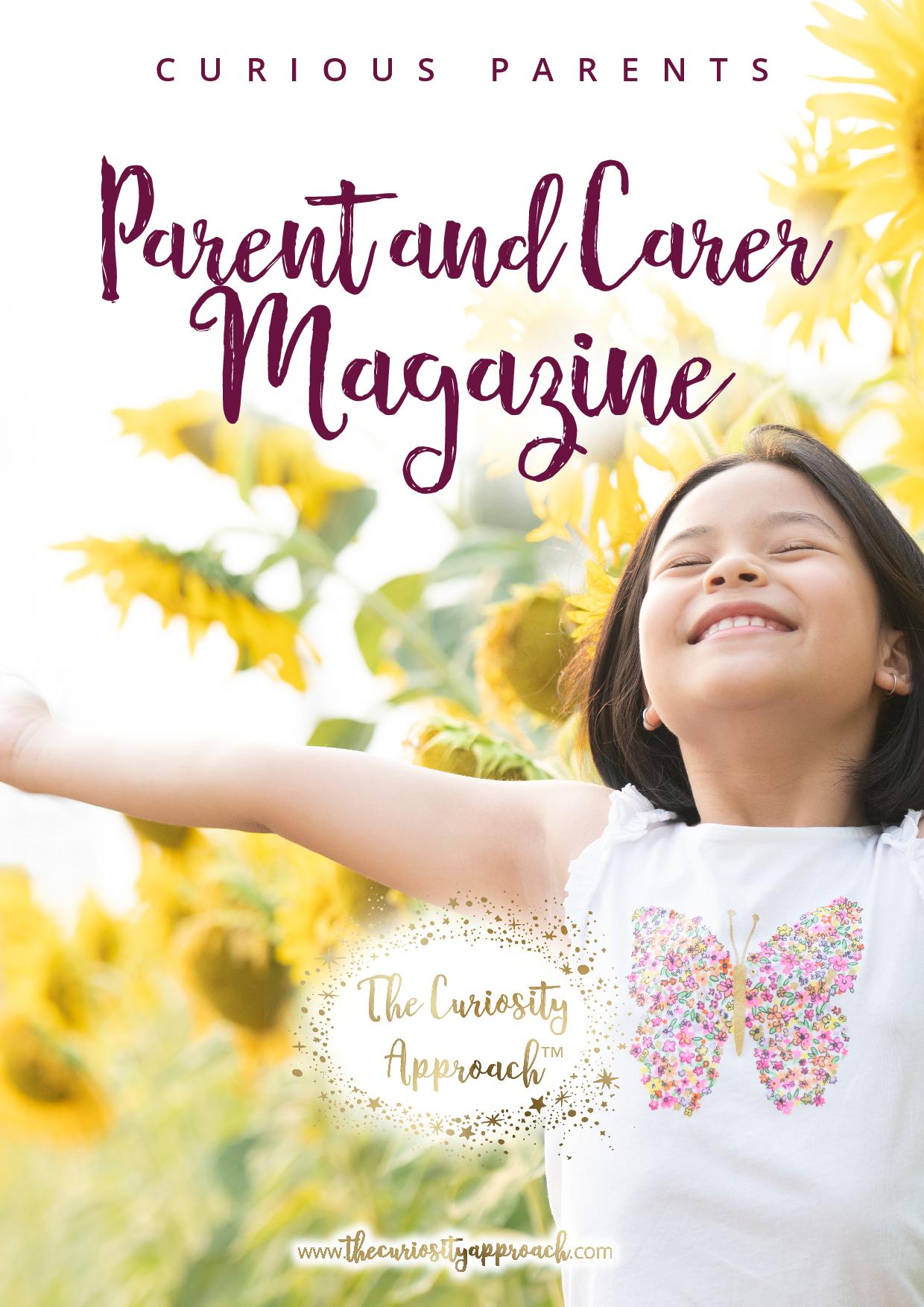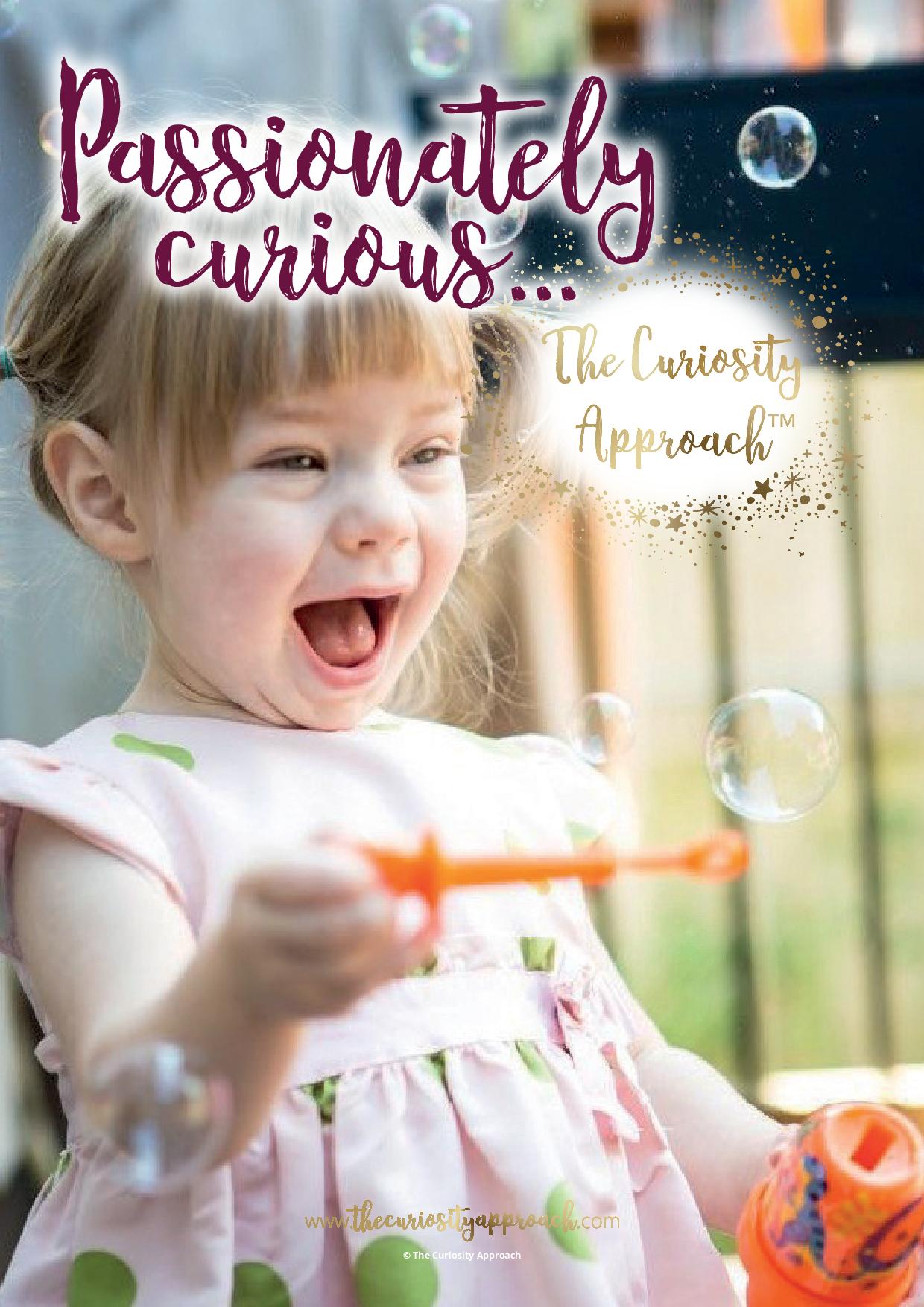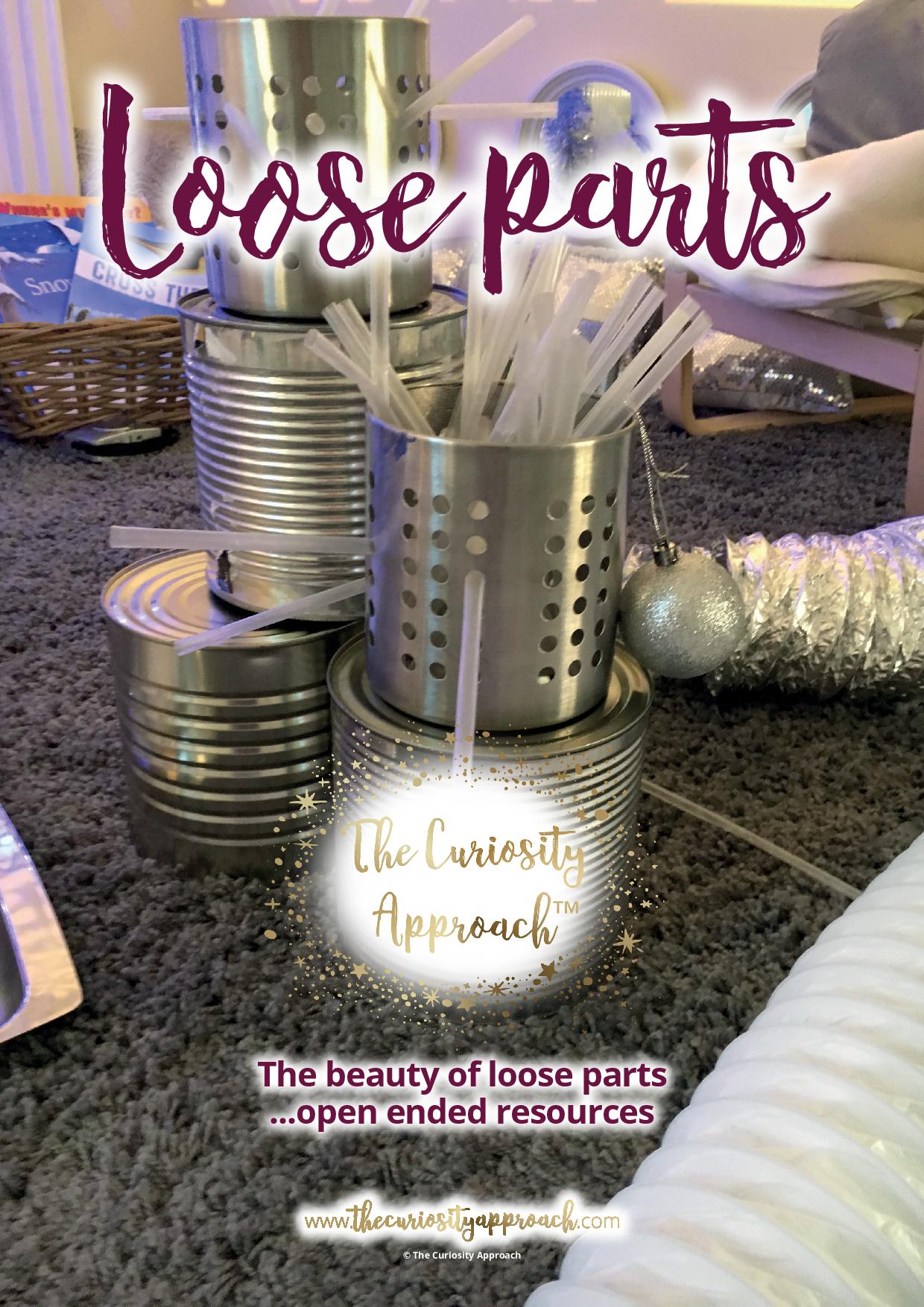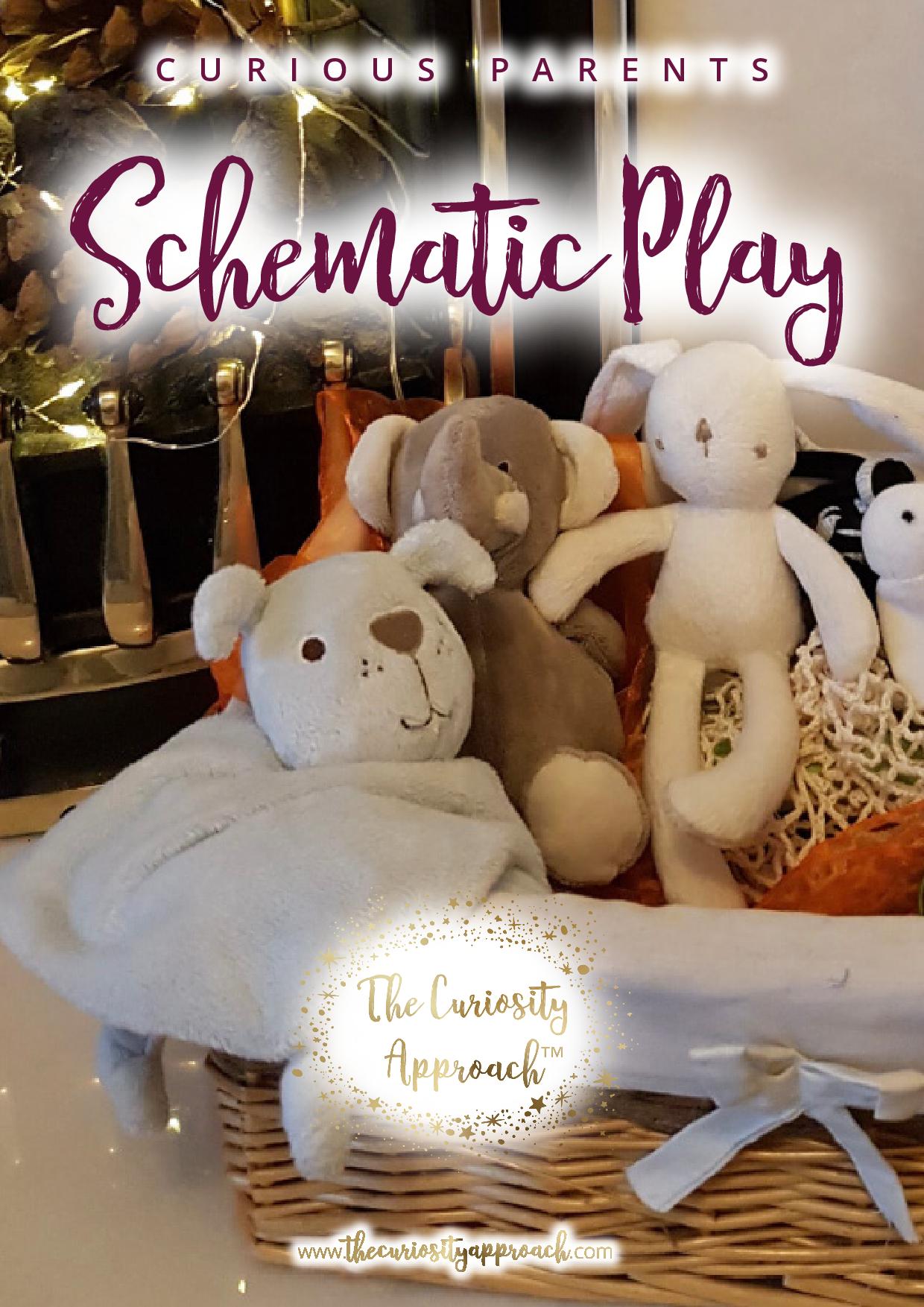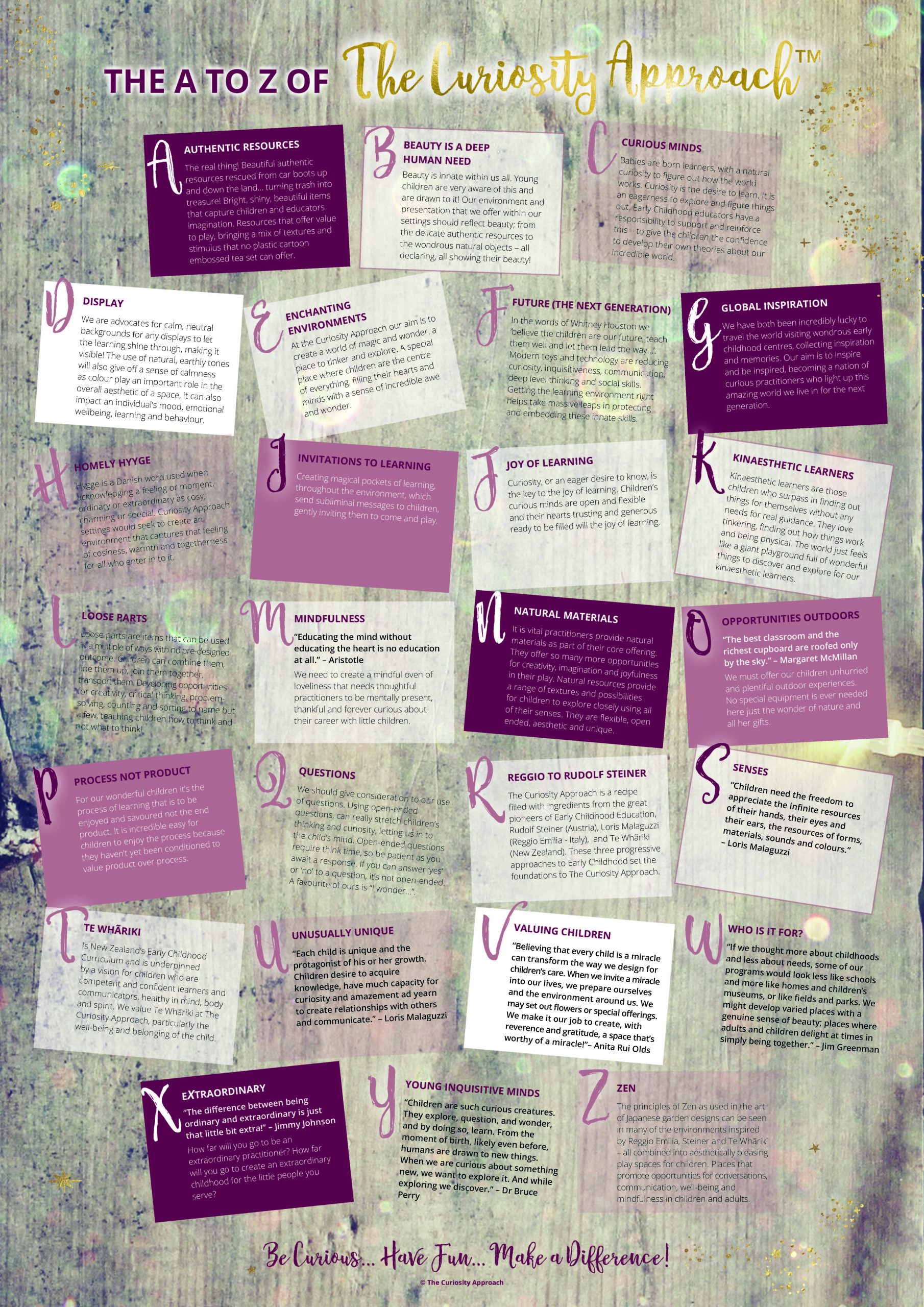What is The Curiosity Approach?
The Curiosity Approach was developed by co-founders Lyndsey Hellyn and Stephanie Bennett, who have over 50 years combined teaching and leadership experience in Early Childhood education and learning.
They describe the Curiosity Approach as ‘A beautiful recipe made from ingredients that have inspired, shaped by great educational pioneers, delivered by thoughtful and mindful practitioners, to bring magic back to childhood’. They say that in practice this means a nursery setting that is designed to feel like ‘an extension of home, not a watered-down version of school’.
The Curiosity Approach takes its inspiration from various progressive educational theories including Montessori and Steiner, as well as Reggio, which focuses on self-directed and experiential learning, and the Te Whariki approach from New Zealand.
A Curiosity Approach early years setting looks very different from what you’d usually expect from a nursery. There are no brightly coloured walls or shiny plastic toys that make noises. Instead the focus of the physical environment is on natural materials, neutral tones, white-washed walls and wooden objects. Children are encouraged to play with household items of bric-a-brac, such as nuts and bolts, garden canes, hessian and curtain rings. But what is the benefit of play using everyday items instead of toys specifically aimed at children?
The Curiosity Approach believes that too many bright colours can overstimulate children, and there is research out there to back up this theory. Bright colours which have been carelessly placed around a room are thought to cause tiredness, anger, upset, miscommunication and stress in young children. The Curiosity Approach recognises that stimulation is necessary in every child’s mental and emotional development, but believes that too many colourful plastic toys isn’t the way to do it. Lyndsey Hellyn says ‘Plastic all smells the same, feels the same and often comes in bright colours that overstimulate children. On the other hand, if you’re recycling and sourcing open-ended resources and natural materials, you’re bringing different elements, textures and smells. That sense of curiosity and wonder will come with it’.
The founders of the Curiosity Approach say that it is about developing skills that will be relevant to children growing up in an ever-changing world. These include:
- Independent thinking
- Stronger non-verbal communication
- Language and verbal communication
- Problem-solving
- Lifelong learning
- Risk taking Imagination
- Respect for resources and the natural world
- Creative and critical thinking
In 30 years, half the jobs we have now will not be in existence. The best thing we can do for our children is to create thinkers and doers. To manage and take risks. To be curious. Because curiosity is the spark that ignites everything else.

The Curiosity Approach
All of our nurseries follow The Curiosity Approach, a modern day approach that fits perfectly in current changing technological times. Bringing curiosity, awe and wonder into early childhood & creating the ‘thinkers & doers’ of the future. The Curiosity Approach® is a modern day approach to Early Childhood. It’s a beautiful recipe book of wonderful ingredients, carefully mixed together with experience, passion and a love of Early Childhood.


